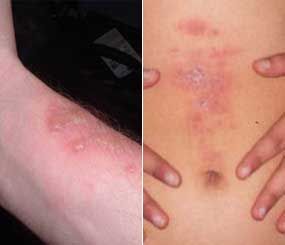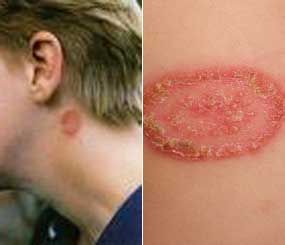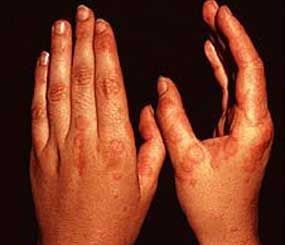There’s a “dirty little secret” that law enforcement officers share but usually try to deny or hide from others.
I’m talking about sharing of duty and/or training equipment. You know what I am talking about. We pass riot helmets, riot suits, and other gear back and forth without sanitizing them after use. The same goes for training equipment. We pass headgear, protective suits, and hand protection back and forth between officers, often with no attempt to sanitize them.
The fact is that much of our duty and training equipment cannot be sanitized easily due to the open cell foam and lack of protective covering that will not pass biohazards. The next time you put on a piece of equipment that has not been properly sanitized that someone else has worn, think about it. Would you use another officer’s mouth guard or inner groin protection? Of course, much of our duty and training gear is not personal protective equipment, but it needs to be sanitized between uses just the same.
The saying “if it smells fresh and clean it has to be” does not apply for law enforcement training gear. My genetics cause me to sweat at a drop of a hat, and I sweat a lot. From a strike shield used during defensive training to the head and body gear you wear, from the mats you train on to the equipment you use – all leave a trace of you behind.
We have various levels of gear being contaminated on many different levels – some can cause illnesses and even cause serious bodily harm.
1. Dirt and grime – This is from the soil, ground, and environment you are training in. Cleaning: To clean this type of dirt and grime you need a non-oil based soap and water with a soft brush to scrub. Be sure to rinse this equipment clean after soaping it up.
2. Chemical agents like OC, CN, or CS agents – Chemical agents get on gear during training, or from being worn in a contaminated environment. Cleaning: To clean these chemical agents you need non-oil based soap and water with a soft brush to scrub. Rinse and repeat until the odor of these chemicals are gone.
3. Biohazards – Gear can be a biohazard if you use it in real-world operations; it’s generated from the exchange of bodily fluids from your sweat, blood, or even feces. Cleaning: To clean this type of contamination, you need a non-oil based soap and water with a soft bristle to scrub. Rinse this equipment clean, then scrub the equipment again with a certified cleaning solution that will disinfect and sanitize the gear to ensure it is safe for others to handle.
There have been actual breakouts on academy levels, with multiple officers catching diseases after exchanging riot gear or after training exercises when they quickly wore gear that was not cleaned and sanitized properly. Coming from a diverse background of sports, martial arts, corrections, police, and military, I have seen students catch what they thought were harmless body rashes or minor skin irritations.
In reality, these irritations were forms of body fungus, skin rashes, ring worm, and even hepatitis A. Here are some photos to help you identify these diseases should you encounter them yourself:
 Examples of skin rashes and body irritations. |
Body fungus infections and skin rashes are easily recognizable. To confirm the diagnosis, your physician will take skin scrapings and look under a microscope. It is essential to identify the fungi because many conditions can require different treatments.
 Ringworm caused by wearing shared head gear. |
Ring worm infections are difficult to treat and the oral drugs given to help have side effects. The best treatment is actually prevention. Fungi are classified as microscopic plant organisms which, unlike bacteria, are made up of numerous cells.
 Example of hepatitis A. |
A hepatitis virus can spread from one person to another quickly and easily. Some hepatitis viruses spread when an uninfected person comes in contact with infected body fluids, such as blood, semen, or vaginal fluid. Other hepatitis viruses are spread by contaminated food and water, or by coming in direct contact with the stool (feces) of a person who is infected with the virus. In their early states, the viruses may be difficult to tell apart. However, several weeks to several months after infection occurs, blood tests can show which virus is causing hepatitis.
The bottom line is that if you do not know who has last worn or handled the protective gear, then it is in your best interest to brush it off, spray it down and clean it up…BEFORE putting it on. You definitely want to make sure you are the ONLY thing inside your gear when you are wearing it.
Train Hard, Train Safe, Stay Strong!
For more information, please contact Dave Young at armatraining@aol.com
Resource for the definitions and medical terminology and treatments are from http://www.aolhealth.com/conditions/












